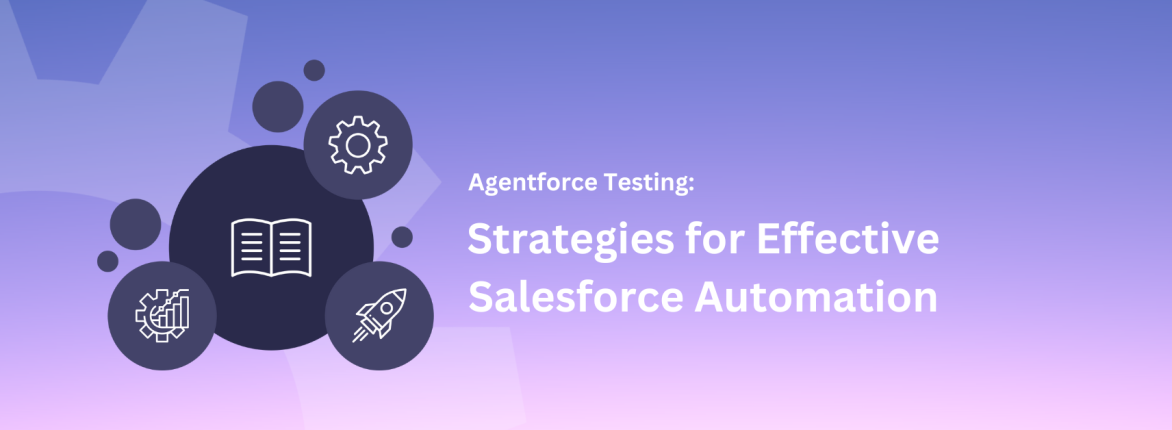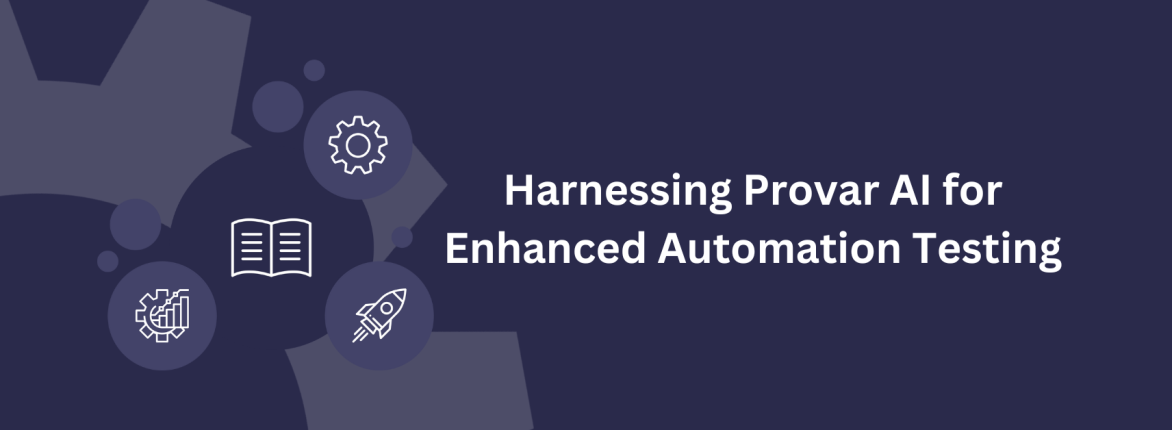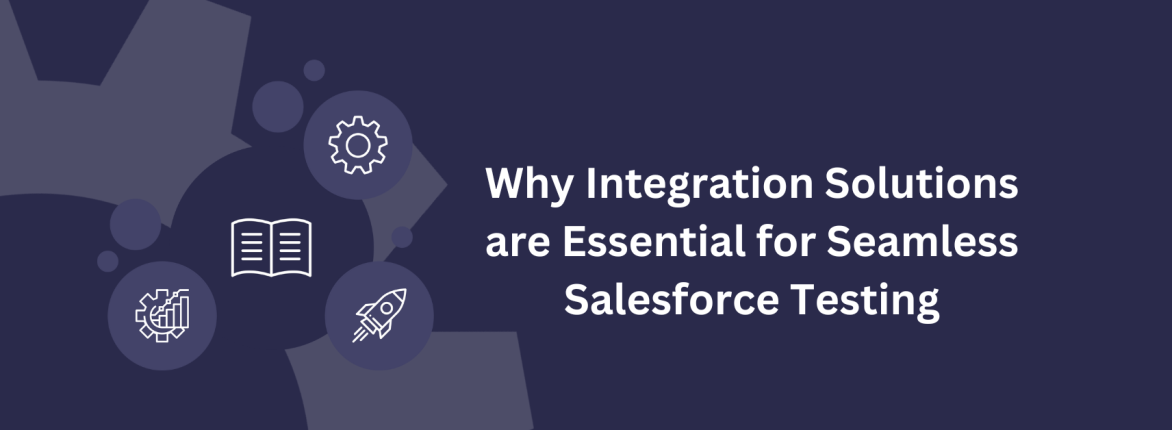Test Automation Key Metrics
For many organizations, the adoption of an automated testing solution is a success in and of itself. However, keeping track of the right metrics can make the difference between projects that thrive and projects that falter and ultimately between success and failure. Knowing what to measure helps evaluate the efficacy of your test automation efforts and drives continuous improvement.
In this blog, we’ll discuss the key metrics to track to ensure that your test automation efforts are on the path to success and talk about how Provar’s powerful quality tools can help you achieve your automation goals.
Test Coverage
Test coverage is a crucial metric in test automation. It measures how much of the application’s codebase your tests cover. A strong test automation solution ensures that all features are tested, reducing bugs, breaks, and interruptions. Comprehensive test coverage is essential to everyday operations, especially in complex Salesforce ecosystems.
Provar Automation offers end-to-end testing functionality, ensuring that an organization’s entire Salesforce ecosystem is covered. With Provar Automation, organizations can ensure seamless workflows, validate data integrity, identify integration issues, reduce errors, mitigate risk, and provide comprehensive coverage and confidence in the quality of their Salesforce environment and applications.
Defect Detection Rate
Another important metric in automated testing is the defect detection rate. The defect detection rate measures how well automated tests identify bugs, breaks, and other issues. It is calculated by dividing the number of defects found by the total number of tests executed. A high defect detection rate signifies that tests are thorough and effective in catching issues early.
An automated testing tool like Provar Automation empowers organizations to find and fix defects earlier, ensuring that Salesforce functions correctly and provides seamless user experiences. Provar’s comprehensive testing functionality quickly and accurately identifies defects, enhancing the overall quality of the Salesforce ecosystem.
Test Execution Time
Efficiency is an essential and undisputable benefit of test automation. Tracking test execution time is essential to ensuring that tests are running swiftly and smoothly and that testing cycles are as efficient as possible. Long execution times and lags in a testing cycle can indicate inefficiencies or the need for better resource management.
Provar Automation’s intuitive and easy-to-use interface allows teams to build and execute repeatable, reliable tests efficiently and effectively. With Automation, teams can optimize test execution times, achieve faster feedback loops, and execute quicker releases.
Maintenance Effort
While test automation is often a game changer for organizations that use Salesforce, it isn’t a set-it-and-forget-it endeavor. High maintenance effort and long hours of unnecessary admin can diminish the benefits of automation — making it important to ensure that tests are repeatable and resilient to changes in the application.
Provar Automation uses the information found within Salesforce’s metadata to stay aligned with regular Salesforce releases and application updates. Built from the ground up on Salesforce, Provar Automation ensures that an organization’s automated tests stay aligned with any changes, minimizing maintenance efforts and empowering teams to focus on innovation.
Return on Investment (ROI)
The return on investment, or ROI, ultimately measures the success of any testing automation effort. Teams can calculate their ROI by comparing the costs of test automation with its benefits. Costs include tools, infrastructure, training, and labor. Benefits include reduced manual testing time, faster releases, and improved reliability. Most Salesforce testing solutions require a significant initial investment. This makes a strong ROI crucial for the success of your automated testing.
Provar’s powerful suite of solutions are designed to streamline an organization’s testing efforts and enhance the quality of their applications. Our cost-effective solutions transform the way teams test Salesforce, and Provar’s handy ROI calculator makes it easy to determine total savings. And our expert customer support and free educational platform makes onboarding and training cost-effective.
Conclusion
Tracking a few key metrics can provide teams with valuable insights into the efficacy and performance of their test automation initiatives. By leveraging Provar’s suite of test automation and quality management tools, organizations can ensure their Salesforce testing efforts are efficient, effective, and successful.
Interested in learning more about how to measure the success of your test automation efforts? Connect with the Provar team today!










